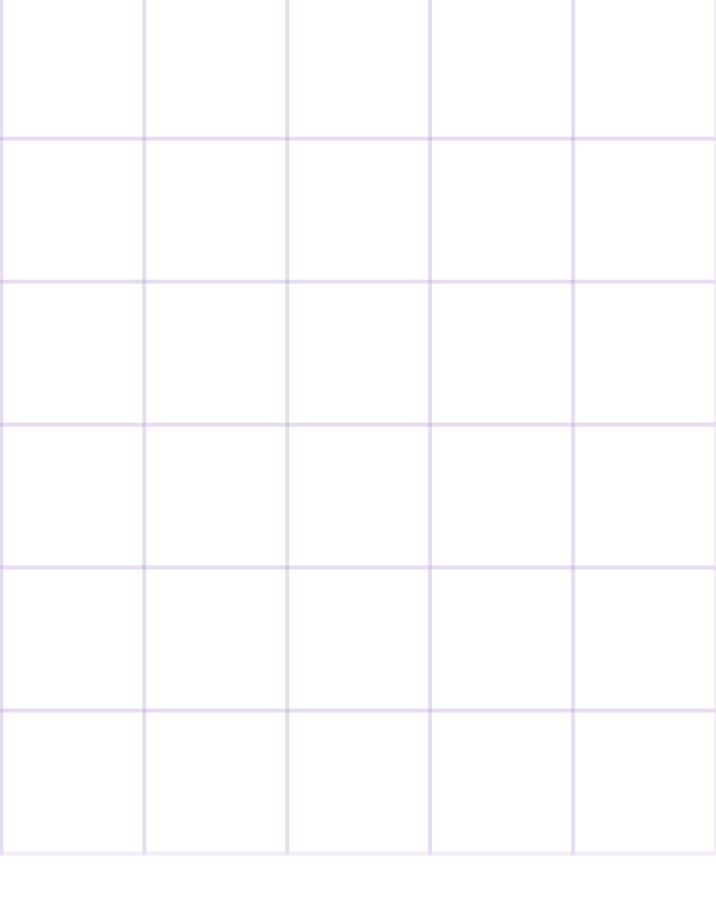Subject
- Library
- Interactive Videos
- 3rd Grade
- Ela
- Speaking And Listening
- Digital Communication
- Digital Presentations
3rd Grade Digital Presentations Interactive Videos
Filter your results
3rd Grade - 8th Grade
Station Rotation Method - Key Components - Classroom Management

Interactive Video
Station Rotation Method - Key Components - Classroom Management
3rd Grade - 8th Grade
Professional Development, Instructional Technology, Education
Certainly. Please provide the description you would like me to rewrite.
See more
1st Grade - 3rd Grade
Innovative Methods - Reading Instruction - Transformative Approaches

Interactive Video
Innovative Methods - Reading Instruction - Transformative Approaches
1st Grade - 3rd Grade
English
Investigate transformative approaches in reading instruction, focusing on the transition from memorization to data-driven interventions. Gain insights into effective reading strategies and their positive impact on student literacy development.
See more
1st Grade - 3rd Grade
Cognitive Development - Media Use - Executive Functioning in Children

Interactive Video
Cognitive Development - Media Use - Executive Functioning in Children
1st Grade - 3rd Grade
Life Skills
Explore the effects of media and technology on executive functioning and cognitive development in young children, stressing the importance of balanced media use. Gain strategies to engage families and educators in discussions about healthy screen time, empowering them to effectively address early media habits.
See more
3rd Grade - 5th Grade
[Enhancing Brain Function - Creative Movement & Sketching - Physical Activity Integration]
![[Enhancing Brain Function - Creative Movement & Sketching - Physical Activity Integration]](https://cf.quizizz.com/image/image-loader.svg)
Interactive Video
[Enhancing Brain Function - Creative Movement & Sketching - Physical Activity Integration]
3rd Grade - 5th Grade
Physics
Integrating physical activity and creative movement into learning environments enhances brain function and deepens the understanding of STEAM concepts. Learners gain insights into energy and movement through practical exercises, which improve cognitive engagement and foster creativity. The process emphasizes skill development in analytical thinking, problem-solving, and imaginative exploration, enriching the overall educational experience.
See more
1st Grade - 3rd Grade
Conceptual Understanding of Time - Digital Clock Components - Time Measurement

Interactive Video
Conceptual Understanding of Time - Digital Clock Components - Time Measurement
1st Grade - 3rd Grade
Computers, Life Skills, Education
Investigate the components of digital clocks, including the significance of their numbers and symbols. Identify common placements of digital clocks, explain the conventions of time formats, and understand the primary function of digital timekeeping devices.
See more

